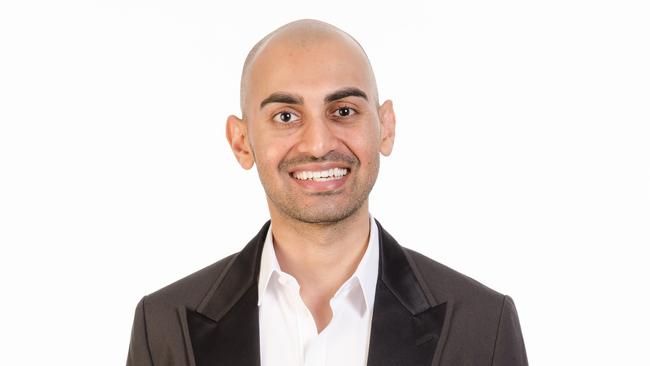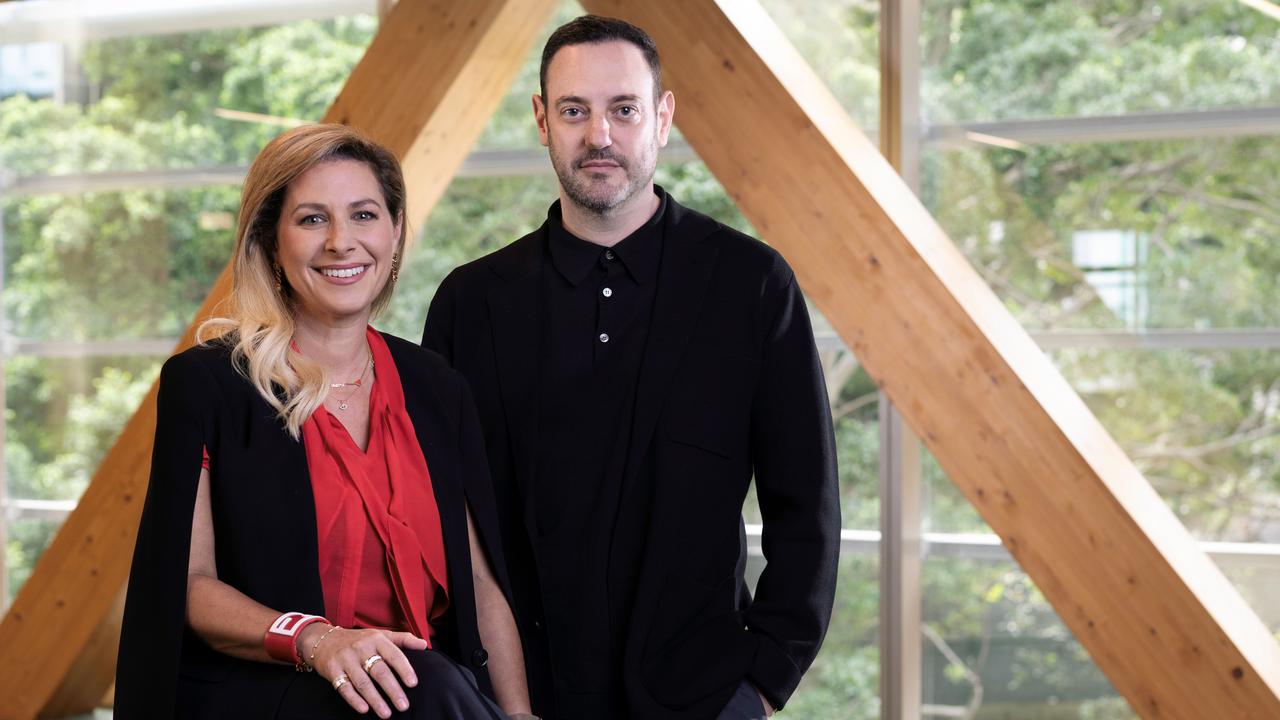How Aussie marketers are missing out on omnichannel success
Influential global digital marketing leader Neil Patel tells The Growth Agenda why businesses that aren’t omnichannel and omnipresent “are screwed”.

Businesses need to adopt an omnichannel and omnipresent approach to marketing if they want to grow their businesses, according to influential digital marketing leader Neil Patel.
The New York Times best-selling author, who has been recognised as one of the world’s most influential marketers by The Wall Street Journal and Forbes, believes the Australian market is too conservative in its use of technology and its adoption of innovation, which is holding brands back from achieving greater success.
Speaking exclusively to The Australian during a recent visit, Mr Patel said brands and marketers needed to experiment more to increase profitability as the return-on-investment across social channels continues to shift.
“Google is no longer the dominant force,” said Mr Patel. “There’s around 51.1 billion searches a day across the internet. Google roughly controls 26.4 per cent, but there’s over six billion searches a day on Instagram, Amazon has over three billion searches a day, ChatGPT is roughly at a billion searches a day, the Apple App store is 500 million a day. There’s a lot of different platforms.
“When the younger generation looks to search they’re turning to TikTok and Instagram. So what we’re finding, as a business, you have to optimise the channels that have the highest ROI. We have this concept called SEO. Most people know that as search engine optimisation, but we call it search everywhere optimisation. You have to optimise for all the channels, because people are everywhere.”
Mr Patel, who is the founder of global performance marketing agency NP Digital and regularly attracts more than four million monthly visitors to his blog and one million listeners to his podcast, believes marketers are missing a trick when it comes to channel strategy.
Most corporations, regardless of size, are often over-reliant on Google search and are only optimised for one or two channels, which Mr Patel argues is a massive mistake.
“If you’re not omnichannel and omnipresent, you are screwed. That is the reality of today,” he said.
“In today’s world (the platforms are) trying to keep people on platform. A prime example of this is you can buy on Instagram without ever leaving the platform and something will ship to your house.
“You no longer want to tell people to subscribe to an email list, or to find us on Google, or you need to buy from us on our website. You have got to optimise for whatever channels they’re using. If they’re on Instagram, let them buy your products and services from Instagram directly. If they’re on Chat GPT give them the answers from your website instead of blocking them, because if you block them, someone else is not going to block them from someone else.”
Mr Patel believes marketers need to accept the dominance of the platforms and use it to their advantage. .
‘The big thing marketers make a mistake on is they try to fight the platforms, instead of leaning in and giving them what they want. Leaning in and giving them what they want typically produces a better ROI. It may not be what you want, but you have got to optimise for what they want. That’s the way to win.
“The key to success is more experimentation and a test-and-learn attitude to determine where to invest media spend to drive greater effectiveness.
“Think of it as spaghetti; if you throw spaghetti against the wall and it sticks it’s cooked. You need to look at the platforms, test them all out and run experiments. The ones that start producing the quickest ROI are the ones you double down on, leave the rest on the side.
“Once you maximise the ones that are working well, then you start adding in more to the mix, and you can repurpose and retest some of the things that worked on the other platforms.”
While Mr Patel maintains that marketers need to be conscious of the ceilings to effectiveness and profitability within these platforms, it’s not a case of ignoring these or complaining about the status quo. Instead, he believes businesses need to be more innovative in problem solving.
“In Australia, we see a lot of people complain, I don’t have enough time, I don’t have enough resources, I don’t have enough budget,” he said. “Instead of them thinking outside the box on how can they get creative to solve those problems. They tend to go with the default complaints and issues when it could be solvable.
“Everything is here in Australia, in terms of technology and tools, and the people are intelligent, but they’ve been programmed for many years to keep complaining about these issues instead of trying to solve them. If you look at Australia, just as a market in general, people are much more conservative.
“They don’t take the risk, and they stick with the default issues that everyone has been saying and telling them for years on why they can’t get stuff done, which is just a bunch of baloney.
“You’ve got some of the best talent in this country. There’s no reason they can’t do anything they put their mind to it.”


